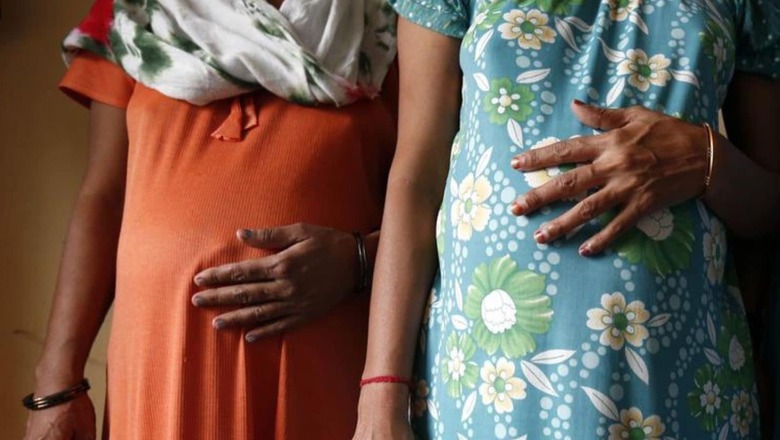
views
Over the last two decades, more than 50 countries have changed their laws — some for greater access and others for curtailing it. Instances of the latter include the overturning of Roe Vs Wade’s judgment which once enabled millions of American women to access safe abortions, or a new law in Hungary where women seeking an abortion will be obliged to “listen to the foetal heartbeat” before they can access the procedure.
Meanwhile, Indian laws on abortion have been progressing but what needs fixing now is another issue — making an environment where women feel easy and guilt-free in opting for abortion.
Despite the law saying a woman has the right to choose, the systemic challenges on the ground convey a different story.
Despite progressive laws, we haven’t sensitised the medical staff accordingly. When I spoke to experts on the subject, they acknowledged that one of the biggest challenges is to stop the ‘moral policing’ of women seeking an abortion.
I spoke to Mona, a fellow from the think tank Observer Research Foundation (ORF) who has worked extensively on this subject. She told me that it’s high time we train our doctors and healthcare workers to treat abortions as any other important and “dignified” medical procedure.
Indeed, our systems have to be time-sensitive when dealing with pregnancies, especially unwanted ones. Mona told me that it has been noted in numerous studies that compared to women who had access to abortions, those who could not receive timely intervention ended up in far-worse conditions — financially, mentally, and physically.
Moreover, India needs to make dedicated efforts to normalise access to abortions through effective government-run communication campaigns and creating a conducive environment for “all women”, which includes adolescents and young girls coming from various social or economic backgrounds.
It’s important to put the abortion infrastructure and culture in place because statistically, of all unintended pregnancies that happen each year globally, more than one in seven of these cases occurs in India, according to the United Nations Population Fund report released in 2022.
Missing gynaecologists in rural or remote areas
According to government data, as of March 31, 2021, 64.2 per cent of the sanctioned posts of obstetricians and gynaecologists were vacant at community health centres (CHCs) where abortions would take place.
Similarly, as per the data of Rural Health Statistics, when compared to the requirement, there is a shortfall of 69.7 per cent of obstetricians and gynaecologists in rural areas.
In March this year, I reported how, in over 29 districts in Uttar Pradesh, specialists have been recruited for the first time by tweaking some recruitment rules.
Since then, gynaecologists at these CHCs started performing medical termination of pregnancies that were otherwise referred to the district hospitals. This means there were no doctors to perform such procedures for many years.
These numbers pinpoint the major shortcoming in India’s access to abortions in rural areas. Who will conduct these time-sensitive procedures if there is a shortage of doctors in small towns?
No wonder, just 5 per cent of these abortions — according to a study published in The Lancet Global Health — take place in public health facilities and the rest in unorganised or private settings where chances of following poor health practices are high, leading to maternal death.
Hence, unsafe abortions remain the third leading cause of maternal mortality in India and close to eight women die from causes related to unsafe abortions each day.
Data shows that in India, between 2007 and 2011, 67 per cent abortions were classified as unsafe, varying widely across the states (from 45.1%–78.3%).
Researchers at the Guttmacher Institute estimate that fully meeting women’s contraceptive needs in lower- and middle-income countries and providing antenatal and neonatal care at World Health Organization-recommended levels would reduce unintended pregnancies by 68 per cent, unsafe abortion by 72 per cent and reduce maternal deaths by 62 per cent.
The crux
Pregnancy should be an aspiration, not an inevitability. Hence, let women or girls make informed choices about sexual life and the decision to opt for motherhood.
The need for abortion is a necessity, and access to safe and legal abortion services should be guaranteed. Abortion for women who are survivors of rape, victims of incest, differently abled, minors or happily married should be treated at par with zero judgments or moral policing by healthcare workers.
By fixing laws, we have won half the battle. Now, it’s time to fix the ground realities.
Read all the Latest News India and Breaking News here

















Comments
0 comment